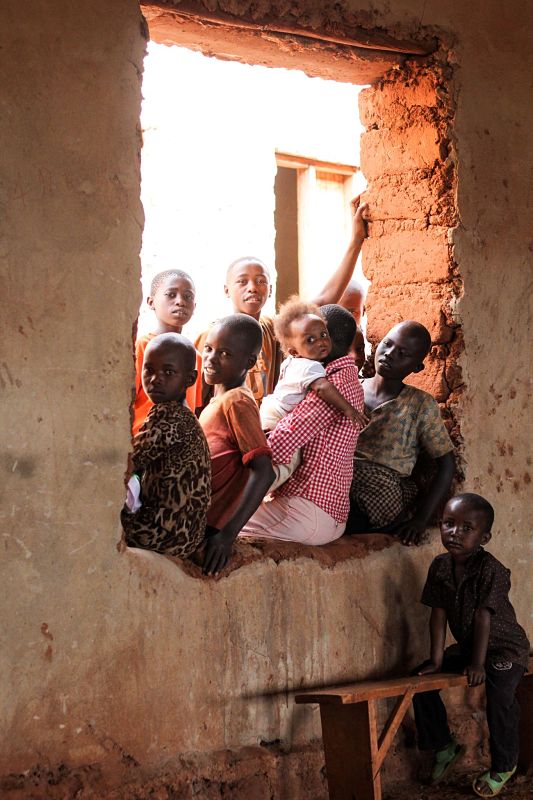Teaching About Persecution
 Photo by Hanna Morris on Unsplash
Photo by Hanna Morris on Unsplash
Persecution and martyrs may not seem like topics for children, but at the time of this writing, it is a theme my Sunday School students (1st-3rd grade) are studying. We had lessons about Stephen, and how Paul changed from a persecutor to one of the persecuted. We learned how the gospel actually spread because of persecution. This topic comes very close to home because we know some of the people who were kidnapped in Haiti.
When I first read of this subject in the Sunday School teacher’s guide, I thought it might be a difficult topic for younger children. In fact, a school parent expressed concern to me a few years ago about a book that told of persecution. However, I feel this is a timely area of study and one that can be taught to younger children. The teaching must be done with care, helping them to realize that this is real, how we can support those who are persecuted, and how we can be strong.
In Sunday School, we read and discussed scripture, learned the meanings of “persecute” and “martyr” and then I asked how we can help those who are persecuted. One of the children responded that we can pray for them. Yes, we can, and we did! I suggested making cards for the family of the hostages we know in Haiti. The children were pleased to do that and made thoughtful cards.
How do I present persecution to my first graders at school? This year we are memorizing the Sermon on the Mount as a school. We can relate this topic to our Bible memory (Matthew 5:10-11, 38-41, 43-44). We learn of this in a social studies unit in Living History. We can discuss loving enemies and relate that in practical ways. We can have discussions of “turning the other cheek,” “heaping coals of fire,” and “praying for those who persecute or revile us.”
The topic of persecution and martyrs should not be done in great detail for young children, but we may find stories to share (from books such as Coals of Fire by Elizabeth Hershberger Bauman, or On Fire for Christ by Dave and Neta Jackson). We can share personal examples and teach Bible stories. We could make cards to encourage the families of those in persecution. Some organizations get cards to persecuted people so we could create and send cards to them. We can certainly pray for the persecuted church. The children could make prayer reminders such as prayer cards, book markers, or booklets. We can look on a map and find countries where persecution is taking place. We might collect an offering for an organization that supports the persecuted church.
Here is an idea for giving: The teacher makes a list of jobs to do in the classroom or school and then pays the children for doing those jobs. That money is collected and given for the persecuted church. The children see the value of giving as they do these jobs and immediately deposit the money in the collection for the persecuted church.
I was struck by a lesson at a teacher’s convention a few years ago. The speaker, John Stonestreet, said we need to be teaching our students Jesus’ way now, and Christ-like responses now, so they are ready when they suffer persecution. He stated that their persecution may not be physical, but it may be economical. There may be no jobs, no money, and no resources for the believers. Jesus said we will suffer persecution.
As we go over the topic of martyrdom and persecution, we can find hope: Jesus is with us! He gives strength. We have the hope of heaven. God is sovereign.
Resources:
Here are two sites that have ideas/helps for teaching the topic of persecution to children.
3 Ways to Teach Your Kids to Pray for the Persecuted Church What Would You Do If Christmas Cards Were Illegal?
Leave a Reply